WORK IN PROGRESS
In the twenty century, Mexico is growing and modernizing at an impressive speed. From 350,000 inhabitants at the beginning of the twentieth century, the city grew to nearly 3 million inhabitants in the 1950s and now has more than 20 million. By its history, it is re-launched as the cultural captiale of the Americas. The city of Mexico welcomed the Olympic Games in 1968 and two world cup in 1970 and 1986.
These context was a fertile ground for modern architecture. Driven by these new ideas, a new generation of architects emerge with characters such as Pedro Ramirez VAsquez, Felix Candela and Luis Barragen.
After been seriously impacted by a earthquake of 8.1 on Richter scale in 1985, the city knew an important grew in the nineteens.

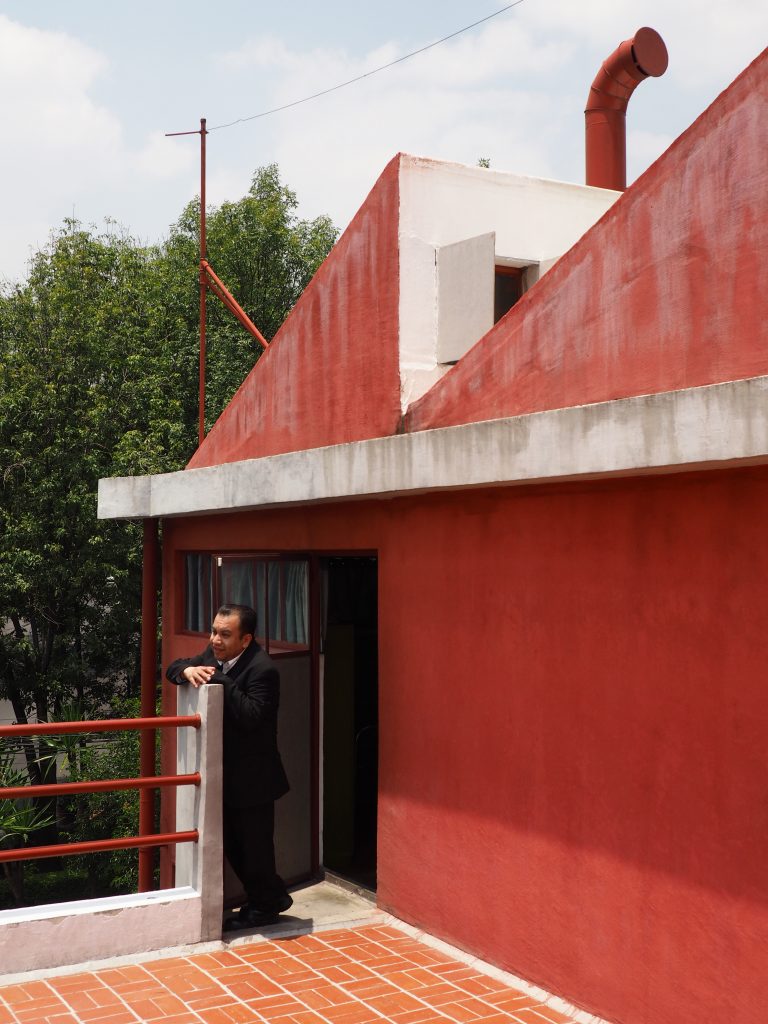
Casa Estudio Diego Riveira, arch : Juan O’Gorman, year : 1931
When Diego Riveira, a prominent Mexican sculpter wanted to build residences and workshops for him and his wife, Frida Khalo, he spoke to his friend the architect Juan O’Gomon. On the next plot where he had already built his father’s modern house, O’Gomon designed two buildings, one marked by the blue color for Diego Riveira and another red ones, smaller, for Frida Khalo.
The architect was very aware of the modern architecture that was emerging in Europe, driven in particular by the Bauhaus and the ideas of Le Corbusier. The workshop house is an ode to geometry and color as well as technical networks, highlighted and magnified.

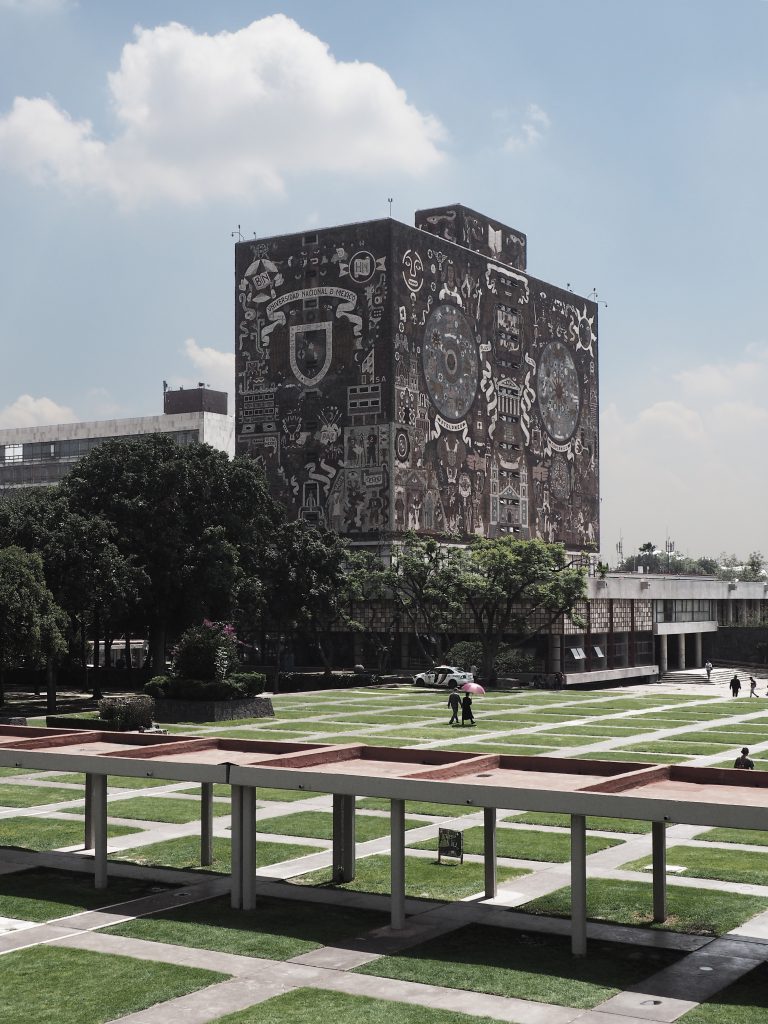
Biblioteca central de la Universitad Nacional Autònoma de México, arch : Juan O´Gorman, year : 1956
The UAM is a modern « city » started between 1949 and 1952. However, on several points, its urbanism is inspired by ancient Mesoamerican cities: the main buildings are built around a monumental park axis, the master plan has high points and many staircases. The university was built with a social vision: education is almost free. Many frescoes and mosaics evoke this commitment and the history of the Mexican people. The largest of these adorns the central library.

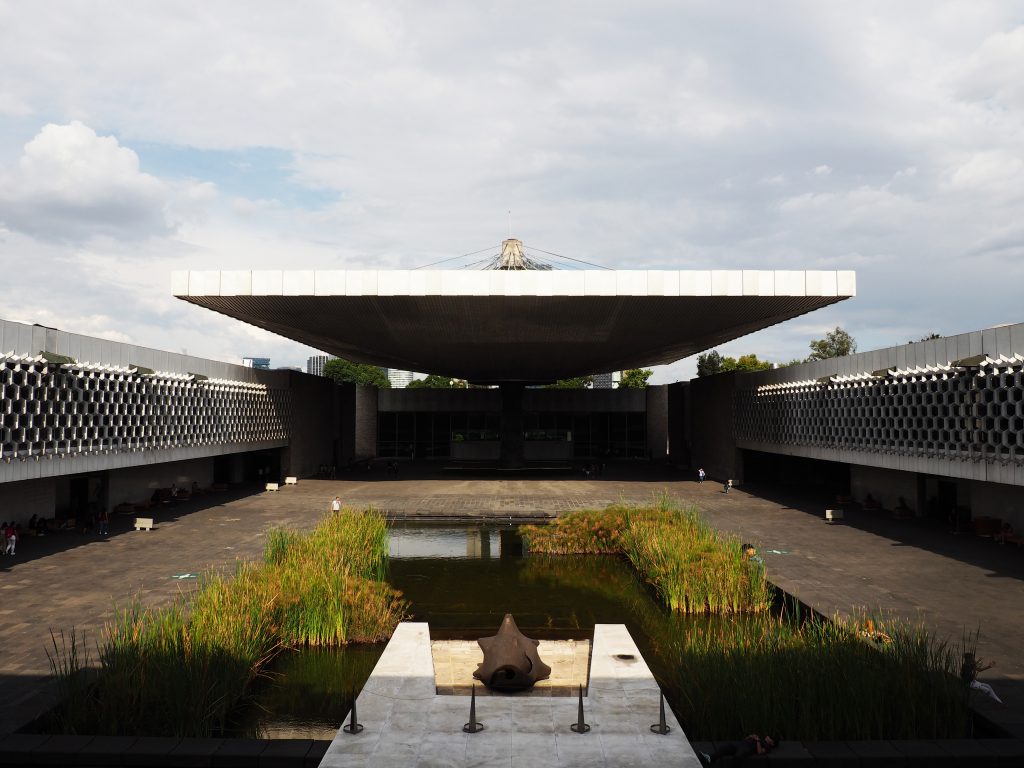
Museo Nacional de Antropologia, arch : Pedro Ramirez Vasquez, year : 1964
The largest museum in the world devoted to anthropology and archeology whose collections were to represent the wealth of all regions of Mexico. An impressive « umbrella » overlooks the museum’s wings, it was (and remains) a real structural feat.

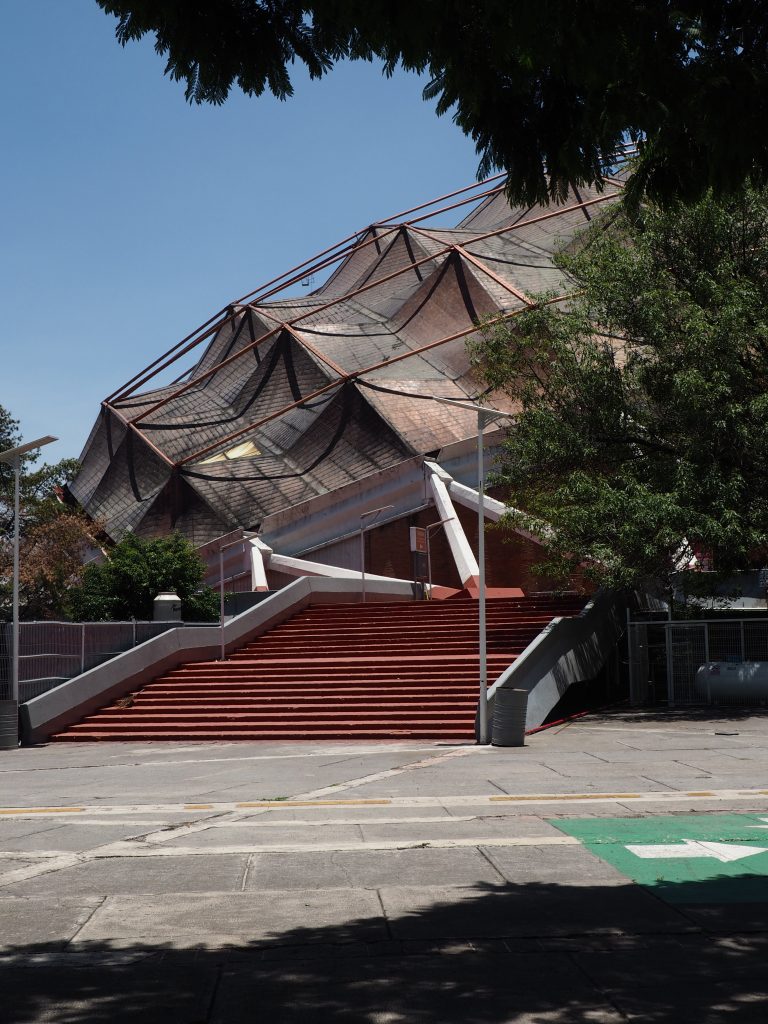
Palacio de los deportes, arch : Felix Candela, Antonio Peyri,
Enrique Castañeda Tamborel ; year 1968
A round building of more than 27000m2. The building, designed by Felix Candela, a specialist of concrete vault architecure, is famous for its iconic shape and for the efficiency of its structural system.

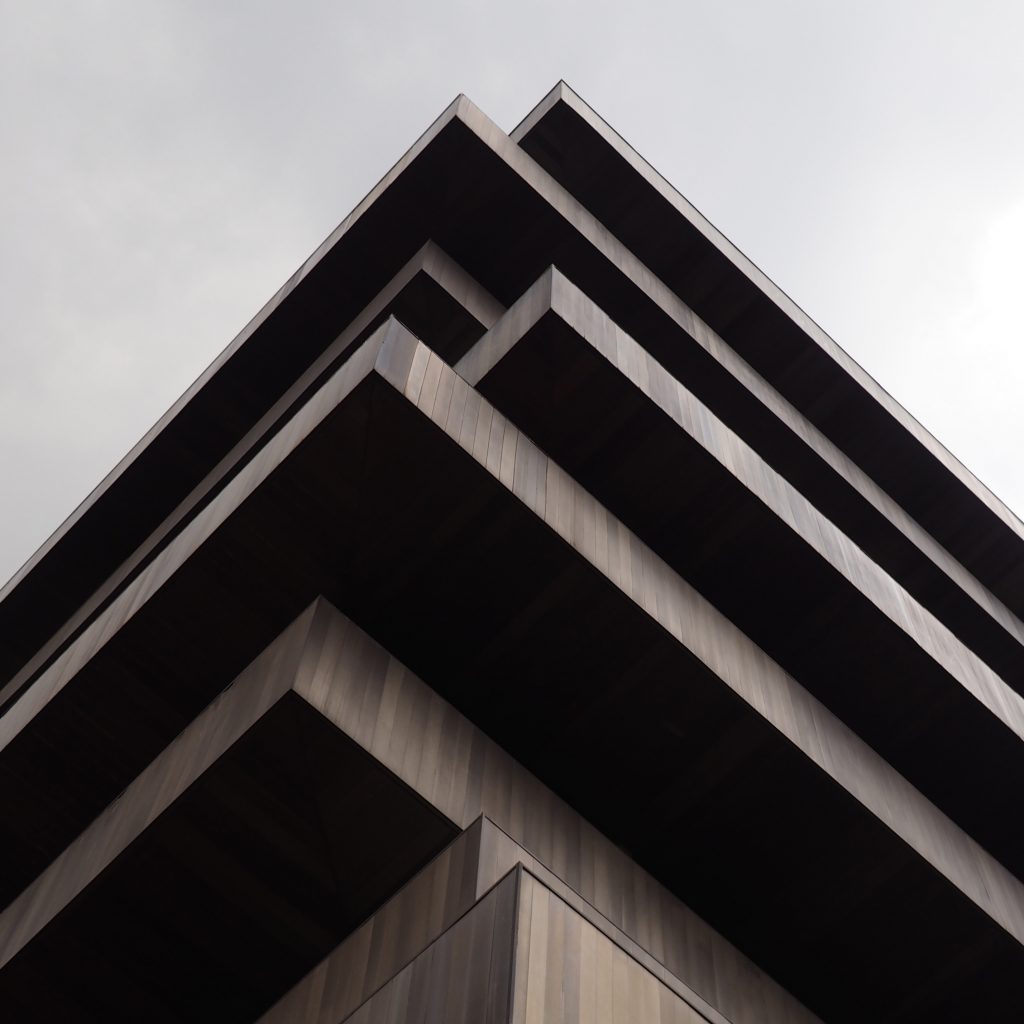
Palmas 555, arch: Sordo Madaleno Arquitectos, year : 1975
An icon of brutalist architecture. The building has made a lasting impression on people’s minds thanks to its decalling game between each balcony floor.

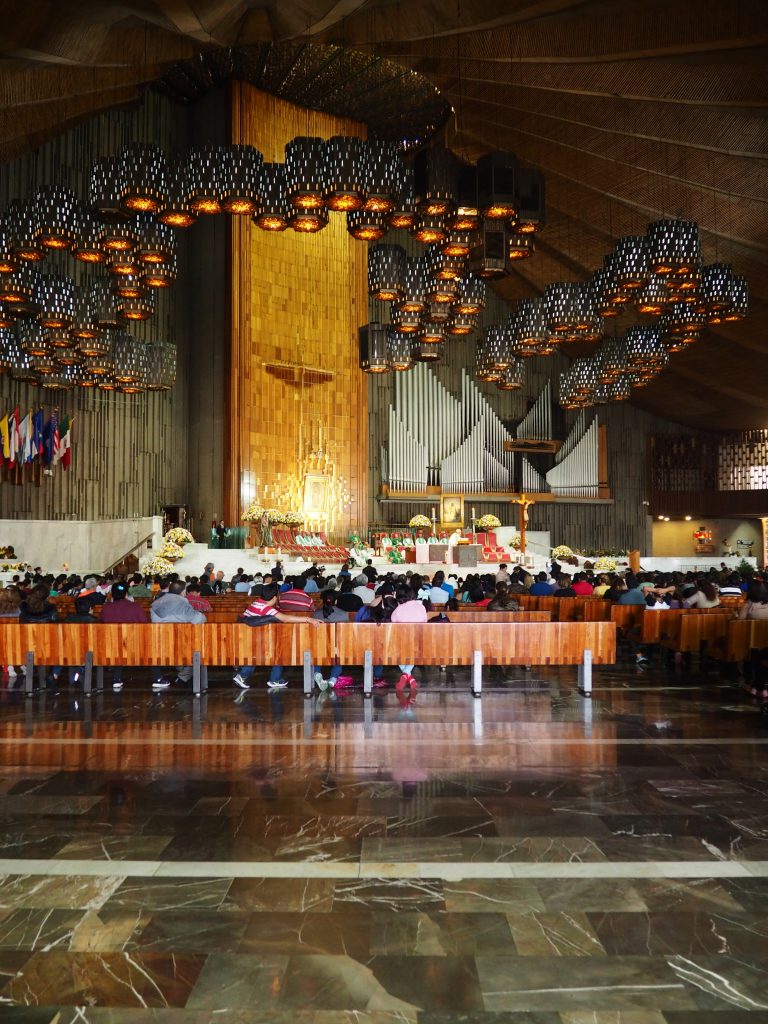
Basilica de Guadelupe, arch: Pedro Ramirez Wasquez, year : 1976
A kind of big tipi whose beams all converge towards a large central pillar that overlooks the altar. The Church, exhibiting Juan Diego Cuauhtlatoatzin’s tunic with the image of the Virgin Mary, is one of the most important pilgrimage sites in the Americas.

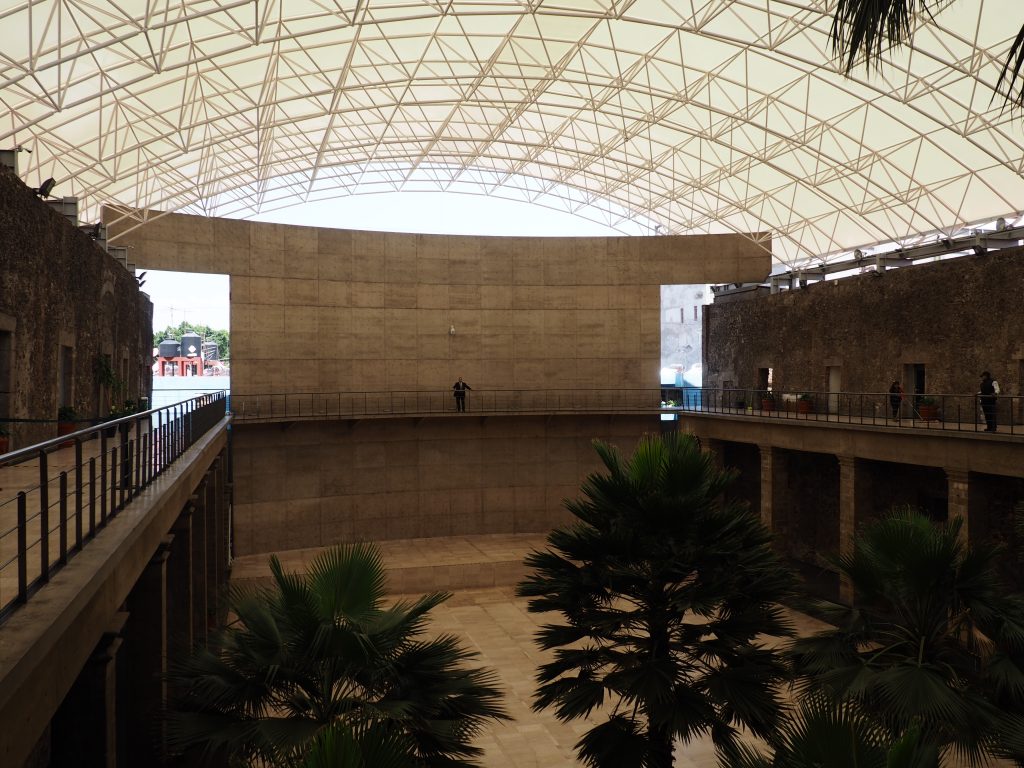
Centro Cultural del México Contemporàneo, arch: ? , year : 2006

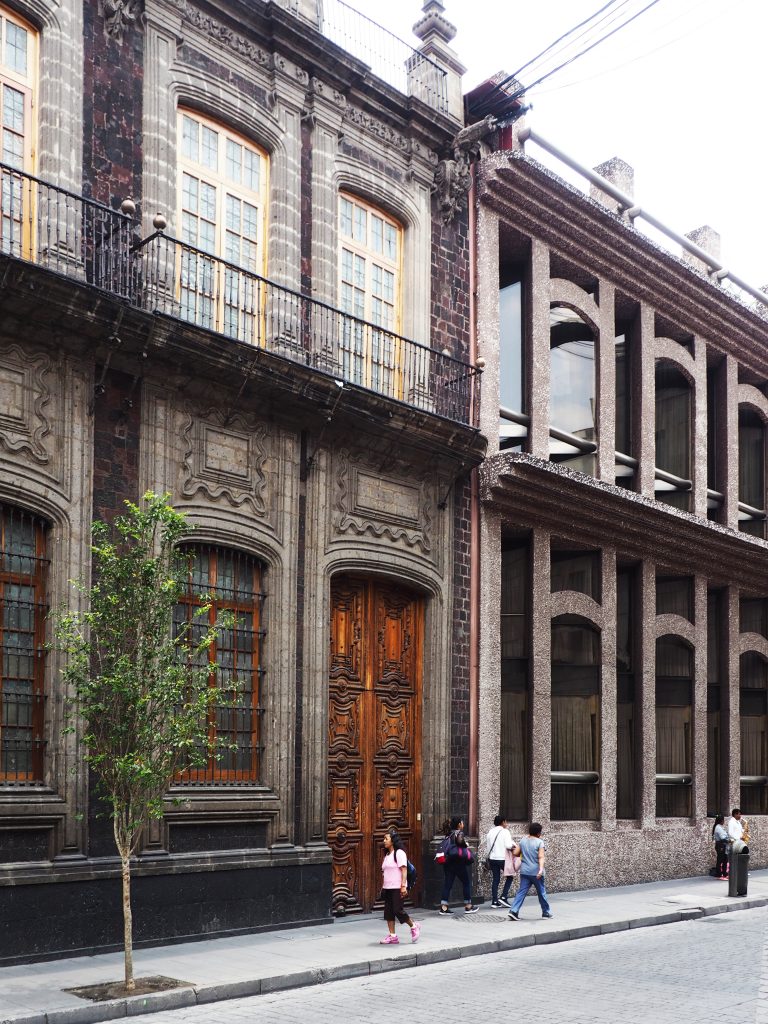
Central banco Banamex, unknown architect

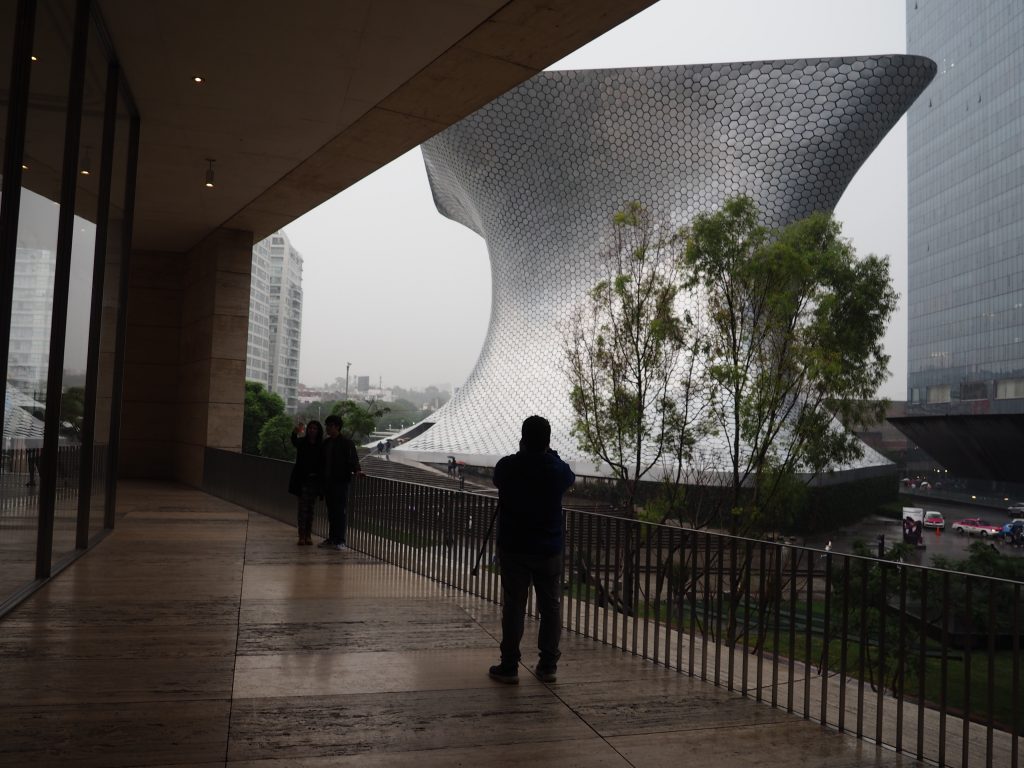
Museo Soumaya, arch : Fernando Romero, year : 2011
seen from the Museo Jumex, archi : David Chipperfiel architects, year : 2013



https://ideat.thegoodhub.com/2018/03/23/portrait-de-ville-mexico-architecture-unique/2/
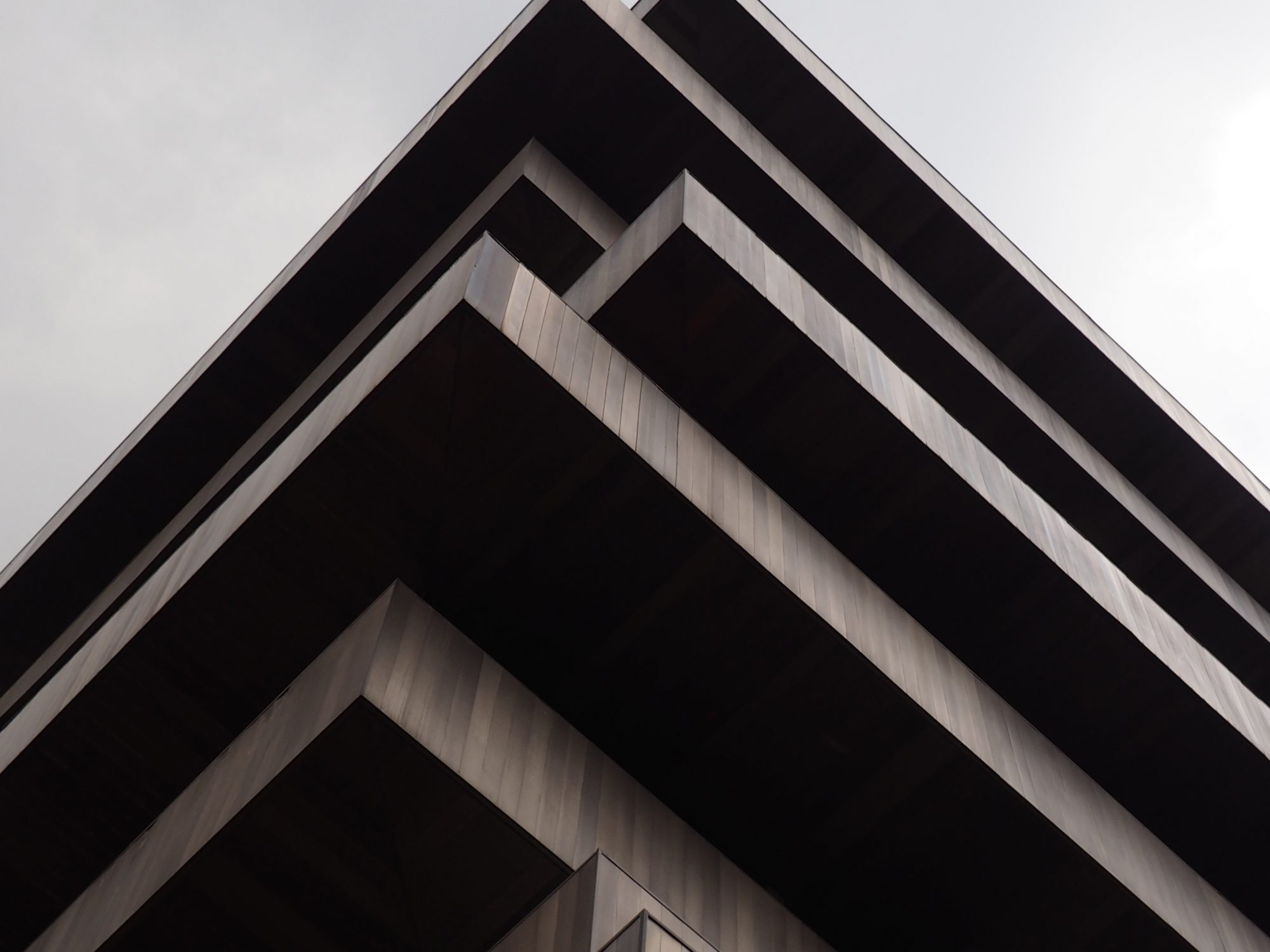
Salut Baptiste
Merci pour cet article . Ci-dessous un essai de traduction en français.
Bises Papa
Au XXe siècle, le Mexique grandit et se modernise à une vitesse impressionnante. De 350 000 habitants au début du XXe siècle, la ville est passée à près de 3 millions d’habitants dans les années 50 et compte maintenant plus de 20 millions d’habitants. De par son histoire, elle est relancée comme la capitale culturelle des Amériques. La ville de Mexico a accueilli les Jeux olympiques en 1968 et deux coupes du monde en 1970 et 1986.
Ce contexte était un terrain fertile pour l’architecture moderne. Poussée par ces nouvelles idées, une nouvelle génération d’architectes émergent avec des personnages tels que Pedro Ramirez Vasquez, Felix Candela et Luis Barragen.
Après avoir été sérieusement touchée par un séisme de 8,1 sur l’échelle de Richter en 1985, la ville a connu une croissance importante dans les années quatre-vingt.
Casa Estudio Diego Riveira, arch.: Juan O’Gorman, année: 1931
Lorsque Diego Riveira, éminent sculpteur mexicain, a voulu construire des résidences et des ateliers pour lui et son épouse, Frida Khalo, il s’est entretenu avec son ami l’architecte Juan O’Gomon. Sur un terrain à côté duquel il avait déjà construit la maison moderne de son père, O’Gomon a conçu deux bâtiments, l’un marqué par la couleur bleue pour Diego Riveira et l’autre par le rouge, plus petit, pour Frida Khalo.
L’architecte était très conscient de l’architecture moderne qui émergeait en Europe, tirée notamment par le Bauhaus et les idées de Le Corbusier. La maison de l’atelier est une ode à la géométrie et à la couleur ainsi qu’aux réseaux techniques, mis en évidence et agrandis.
Bibliothèque centrale de l’Université nationale du Mexique, sous la direction de Juan O´Gorman, année: 1956
L’UAM est une «ville» moderne commencée entre 1949 et 1952. Cependant, son urbanisme s’inspire d’anciennes cités mésoaméricaines: les bâtiments principaux sont construits autour d’un axe de parc monumental, le schéma directeur comporte des points hauts et de nombreux escaliers. L’université a été construite avec une vision sociale: l’éducation est presque gratuite. De nombreuses fresques et mosaïques évoquent cet engagement et l’histoire du peuple mexicain. La plus grande de celles-ci orne la bibliothèque centrale.
Musée National d’Anthropologie, arch.: Pedro Ramirez Vasquez, année: 1964
Le plus grand musée du monde consacré à l’anthropologie et à l’archéologie dont les collections devaient représenter la richesse de toutes les régions du Mexique. Un impressionnant «parapluie» domine les ailes du musée, c’était (et reste) un véritable exploit structurel.
Palacio de los deportes, arch: Félix Candela, Antonio Peyri,
Enrique Castañeda Tamborel; année 1968
Un bâtiment rond de plus de 27000m2. Le bâtiment, conçu par Felix Candela, spécialiste de l’architecture de la voûte en béton, est célèbre pour sa forme iconique et pour l’efficacité de son système structural.
Palmas 555, architecte : Sordo Madaleno Arquitectos, année: 1975
Une icône de l’architecture brutaliste. Le bâtiment a laissé une impression durable dans les esprits grâce à son jeu de décollage entre chaque étage de balcon.
Basilique de Guadeloupe, voûte: Pedro Ramirez Wasquez, année: 1976
Une sorte de grand tipi dont les poutres convergent toutes vers un grand pilier central qui surplombe l’autel. L’église, qui présente la tunique de Juan Diego Cuauhtlatoatzin avec l’image de la Vierge Marie, est l’un des lieux de pèlerinage les plus importants des Amériques.
Centro Cultural del México Contemporàneo, arch:? , année: 2006